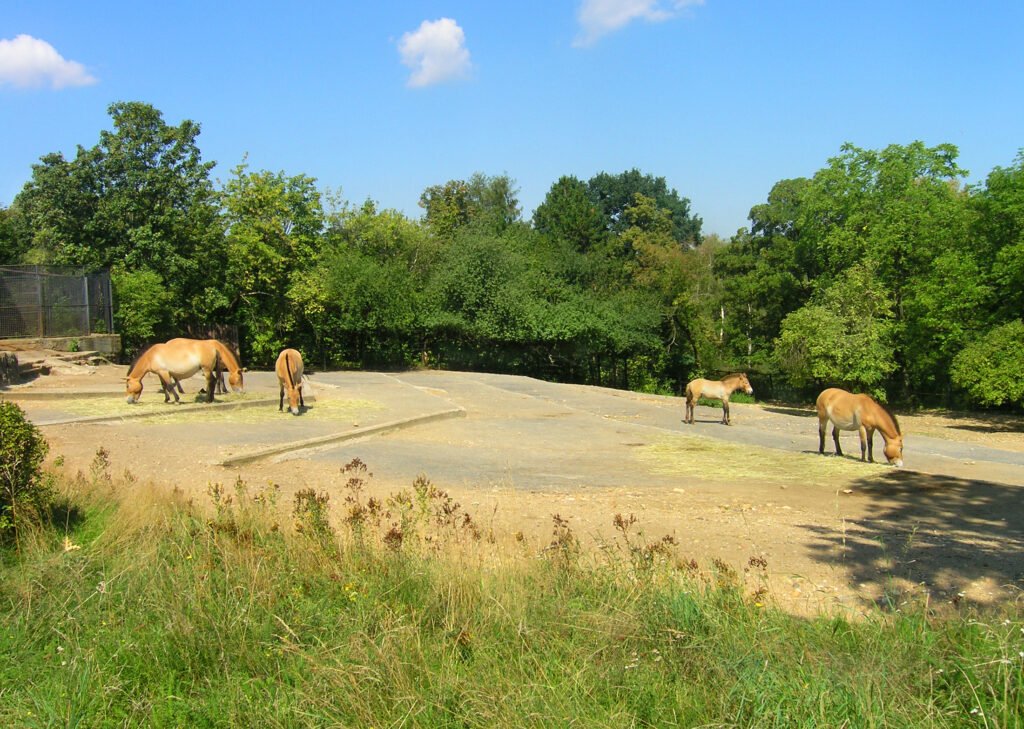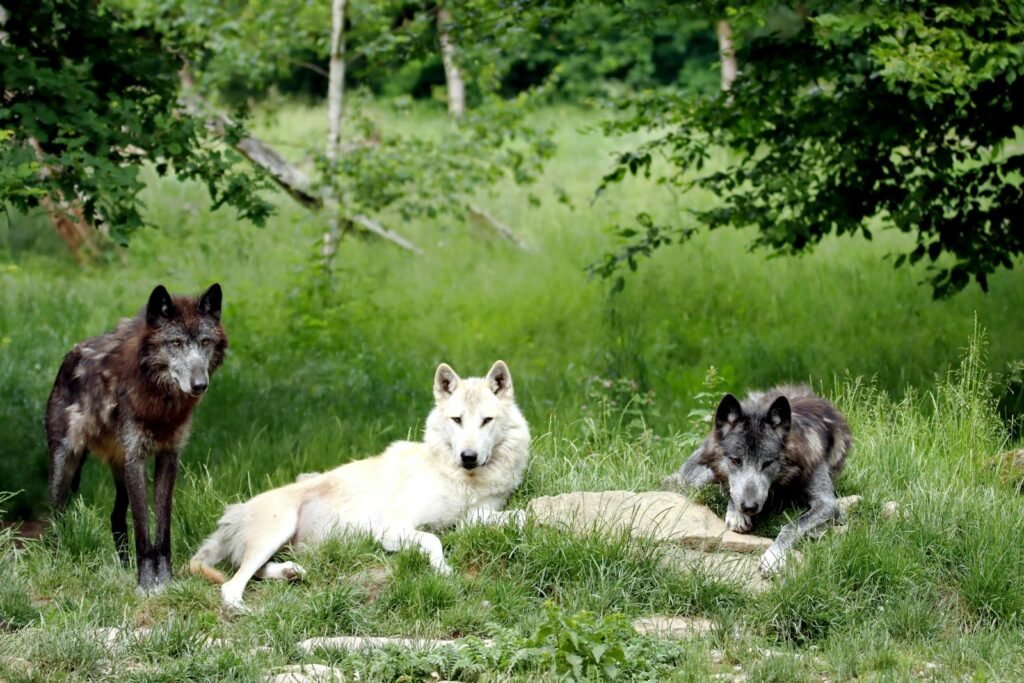Imagine a world where the only beating hearts of a vanished wild exist behind the glass of zoo enclosures. For some creatures, this is not a distant nightmare—it’s their living reality. As forests fall and oceans empty, the stark truth emerges: zoos aren’t just places for family outings and childhood wonder, but sometimes the final sanctuary for species teetering on the brink. These institutions, once criticized for their cages, now pulse with the weighty responsibility of saving lives—sometimes, they are the last flicker of hope left for creatures the wild has all but forgotten.
On the Edge: Species Facing Extinction in the Wild
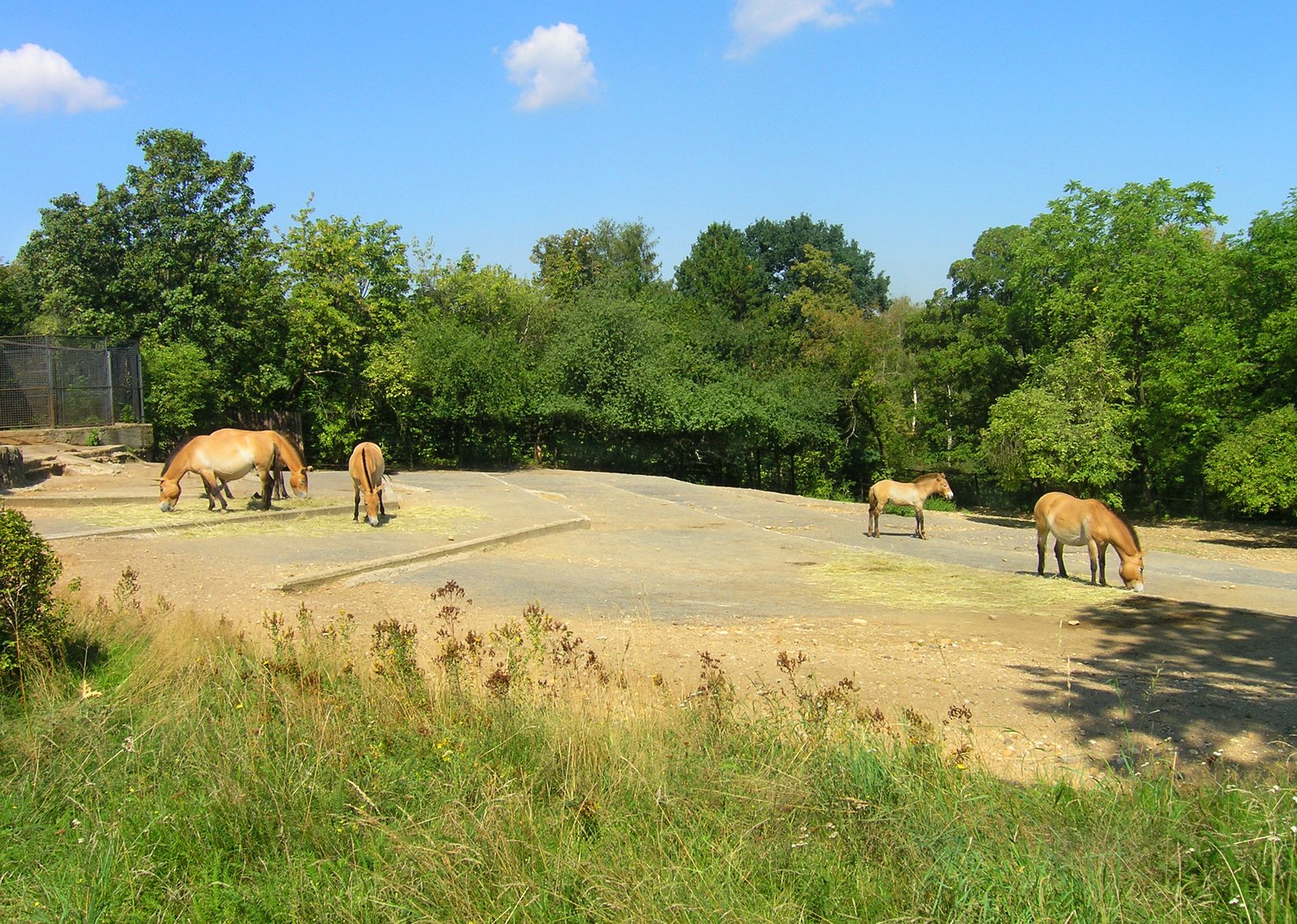
Every year, the number of animals vanishing from their natural habitats is rising at an alarming rate. Deforestation, illegal poaching, invasive species, and climate change are driving countless creatures toward extinction. For some species, the wild has already become too dangerous or too depleted to support them. The Northern white rhino, for example, survives only in captivity, with just a couple of individuals left, all protected under human care. In these desperate moments, zoos step in as refuges, offering a controlled environment free from the threats that pushed these animals to the edge. It’s a race against time, where every new calf or hatchling born inside a zoo’s walls means another chance for a future.
The Role of Modern Zoos: More Than Entertainment
Modern zoos have transformed from menageries displaying exotic animals for amusement into centers of conservation, research, and education. These institutions now operate with a mission: to rescue, rehabilitate, and even reintroduce animals into their native habitats when possible. Through careful breeding programs, zoos ensure genetic diversity and the survival of rare species. Visitors walking past an animal enclosure may not realize they’re witnessing a survival effort in progress. By supporting research, developing new animal care techniques, and raising environmental awareness, today’s zoos are at the frontline of saving species from disappearing forever.
Captivity as a Lifeline: The Science Behind Breeding Programs
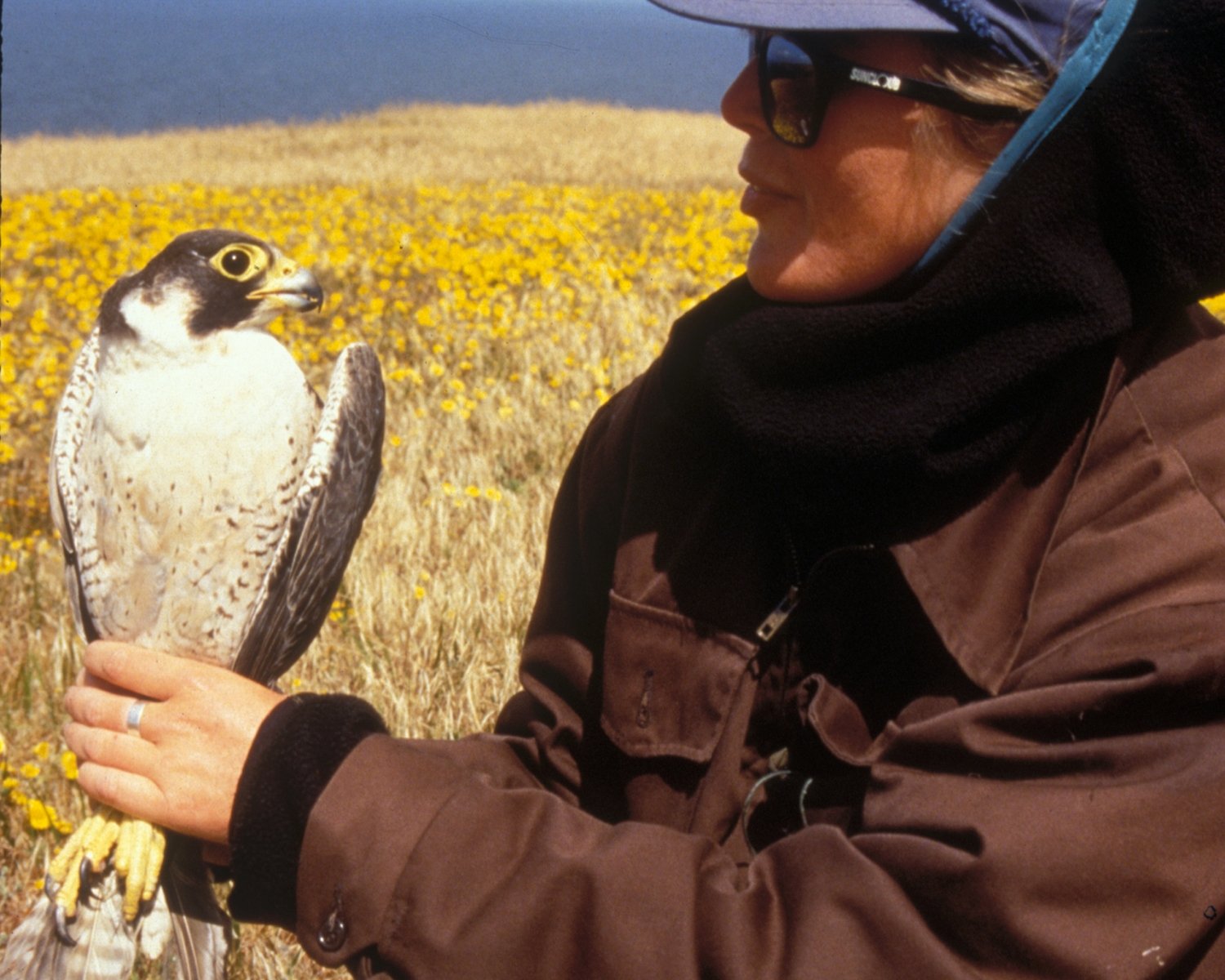
Breeding endangered species in captivity isn’t as simple as putting animals together and hoping for the best. Scientists carefully plan pairings to avoid inbreeding and maintain genetic health. Techniques such as artificial insemination and embryo transfer are sometimes used when natural mating is impossible or risky. The California condor, once down to just 27 wild birds, owes its recovery to an intensive zoo-managed breeding program that reintroduced hundreds of birds to the wild. These programs are detailed, scientific, and often span decades, requiring patience, expertise, and significant resources. Every chick or cub born is a testament to human ingenuity and dedication.
When Going Home Is Not Possible: Permanent Captivity
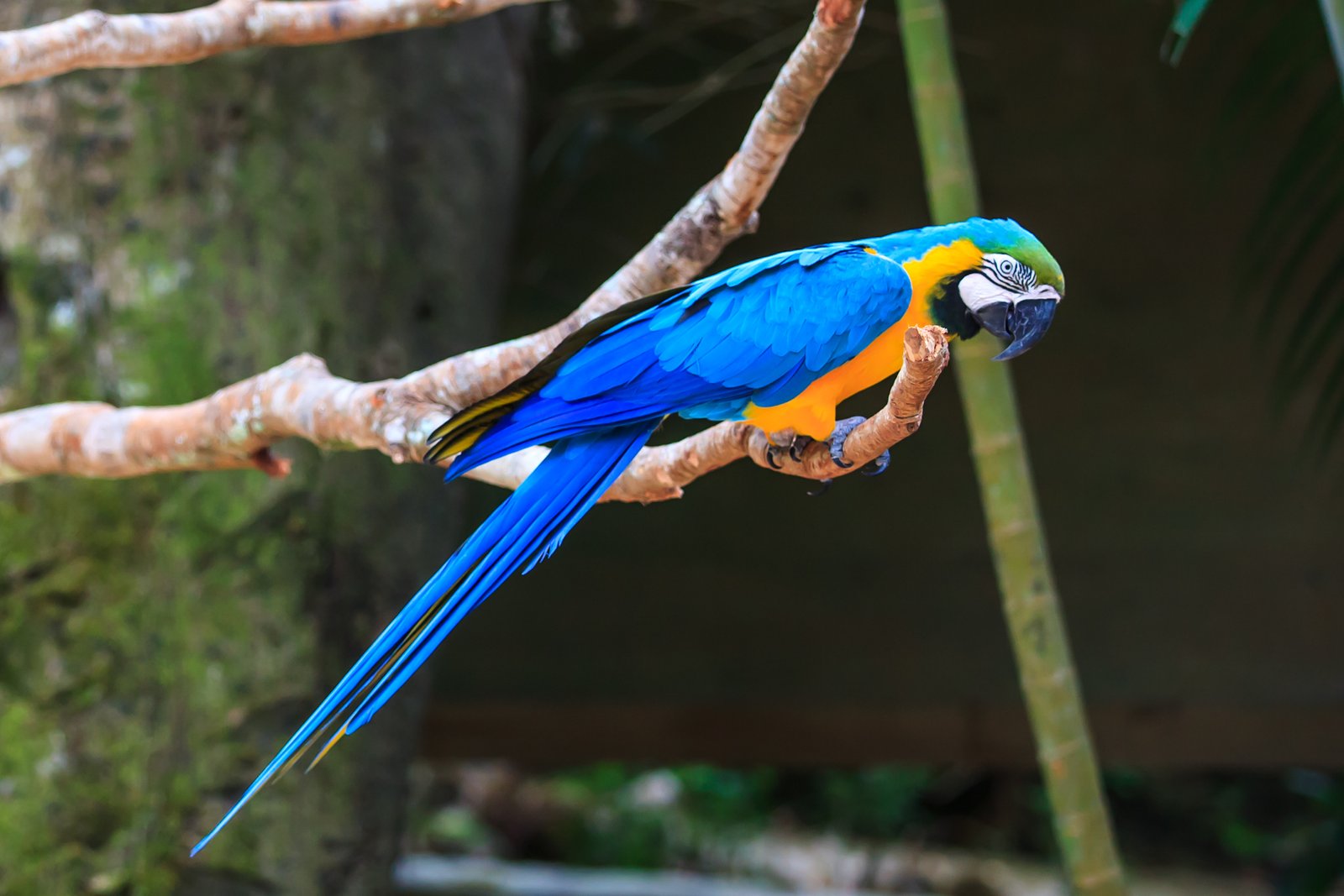
For some species, the destruction of their habitats or the persistence of threats like disease and poaching means there may be no safe place left to return. The Spix’s macaw, made famous by the movie “Rio,” survived only in captivity for years after disappearing from its wild habitat. For these animals, zoos aren’t a waiting room but a permanent home. While this reality is heartbreaking, it is also a testament to the resilience of life under human care. Zoos do their best to recreate natural environments, offer enrichment, and ensure animals’ physical and mental well-being, trying to provide as close to a wild existence as possible within their walls.
Reintroduction: Returning Animals to the Wild
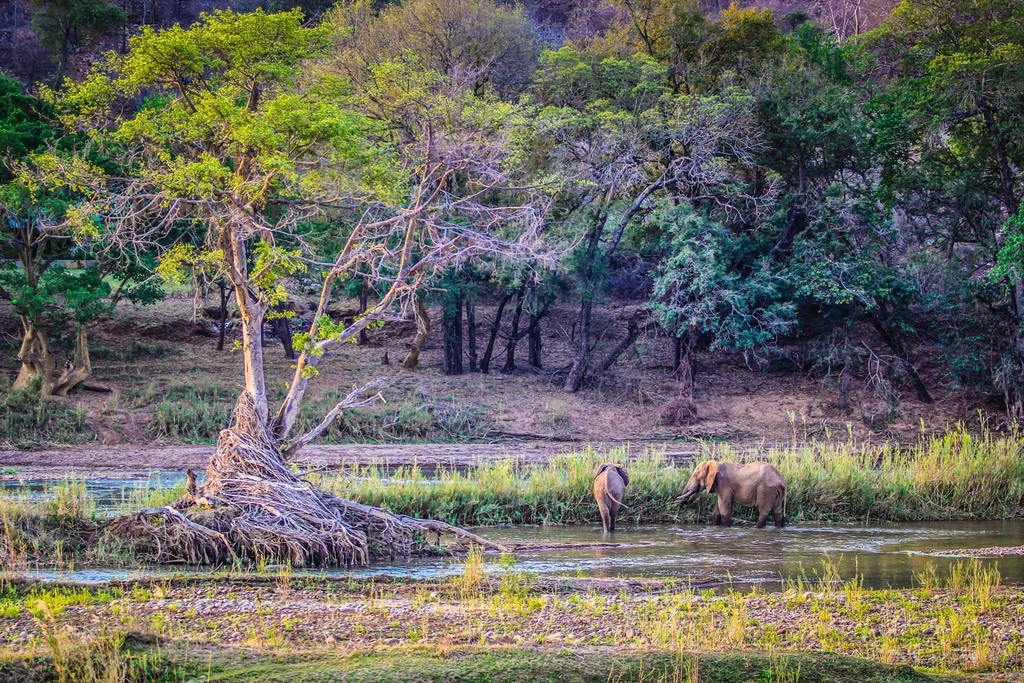
One of the most inspiring chapters in conservation is when animals bred in captivity are released back into their native habitats. This process is delicate and filled with challenges—animals must learn to find food, avoid predators, and sometimes even migrate. The Arabian oryx, once extinct in the wild, now roams free again thanks to successful reintroduction efforts led by zoos and conservation partners. Zoos often prepare animals for life in the wild through stepwise acclimatization, teaching them essential survival skills. Reintroduction is a symbol of hope, showing that with the right effort, extinction doesn’t always have to be forever.
Genetic Diversity: A Hidden Challenge
Maintaining genetic diversity in small captive populations is one of the greatest scientific puzzles zoos face. Without enough unrelated individuals, inbreeding can lead to health problems and reduced chances of survival. Zoos work together globally, exchanging animals and genetic material to create healthy populations. The European bison, once extinct in the wild, was brought back through careful management of a tiny captive gene pool. Geneticists use DNA analysis to guide breeding choices, ensuring each new generation is as robust as possible. It’s a behind-the-scenes effort that is both complex and absolutely vital for the long-term survival of rare animals.
Education and Awareness: Inspiring the Next Generation
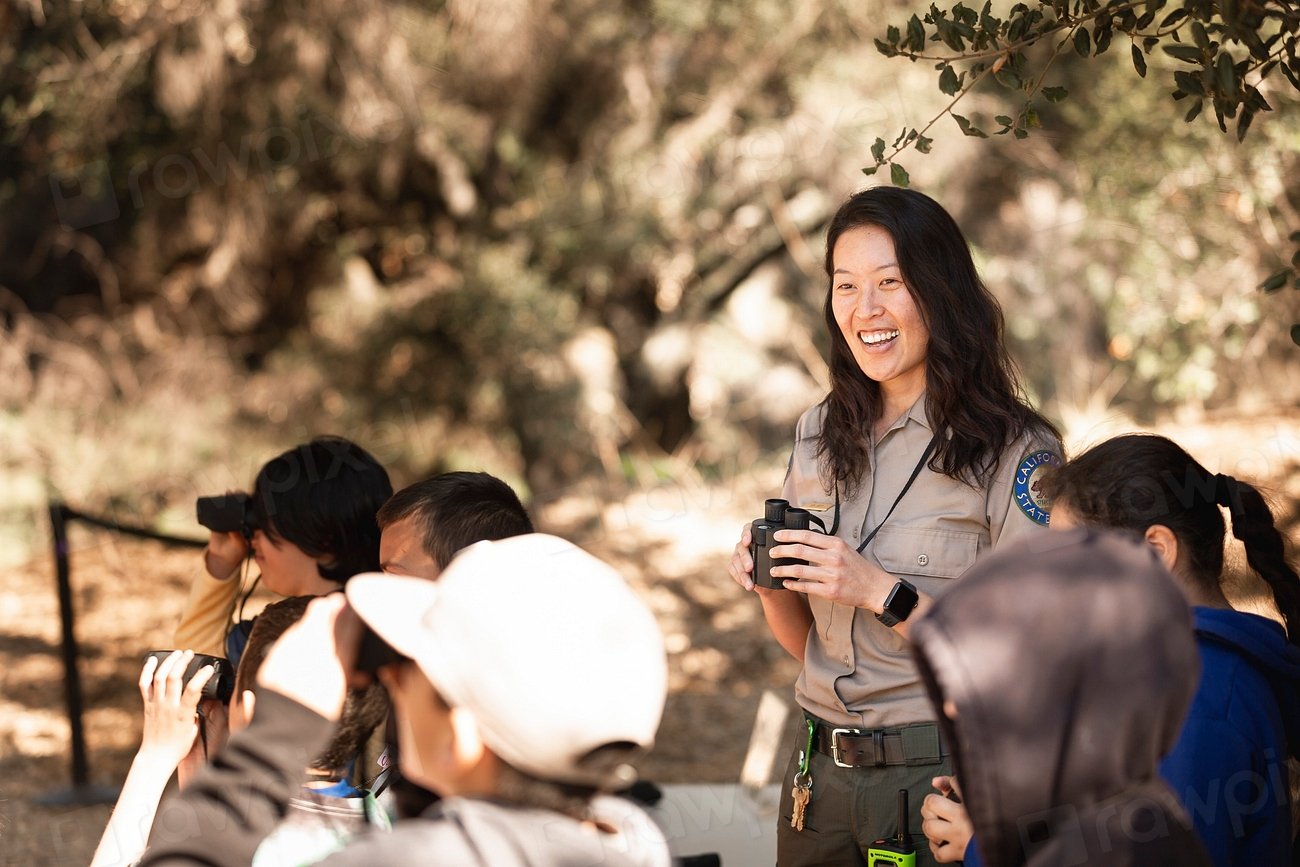
Zoos don’t just protect animals; they also open human hearts to the wonders and challenges of the natural world. By connecting people with living, breathing animals, zoos cultivate empathy and a sense of responsibility for the planet. Children who gaze in awe at a giant panda or a rare frog may grow up to be the conservationists of tomorrow. Interactive exhibits, talks, and hands-on programs ignite curiosity and drive home the message that every creature matters. This educational role is essential—without public support and understanding, conservation efforts would falter.
Ethical Debates: The Morality of Captivity
Not everyone agrees that zoos are the answer to extinction. Critics argue that no enclosure can truly replicate the freedom of the wild, and that captivity can cause stress or unnatural behaviors. These concerns are valid and have led to major changes in zoo design and animal care. Today’s zoos invest in larger, more naturalistic habitats and enrichment activities to keep animals healthy and engaged. The ethical debate pushes zoos to constantly improve and rethink their role—balancing the needs of individual animals with the urgent necessity of saving entire species. This ongoing conversation is a sign of a society striving to do better.
Unsung Heroes: The People Behind the Scenes
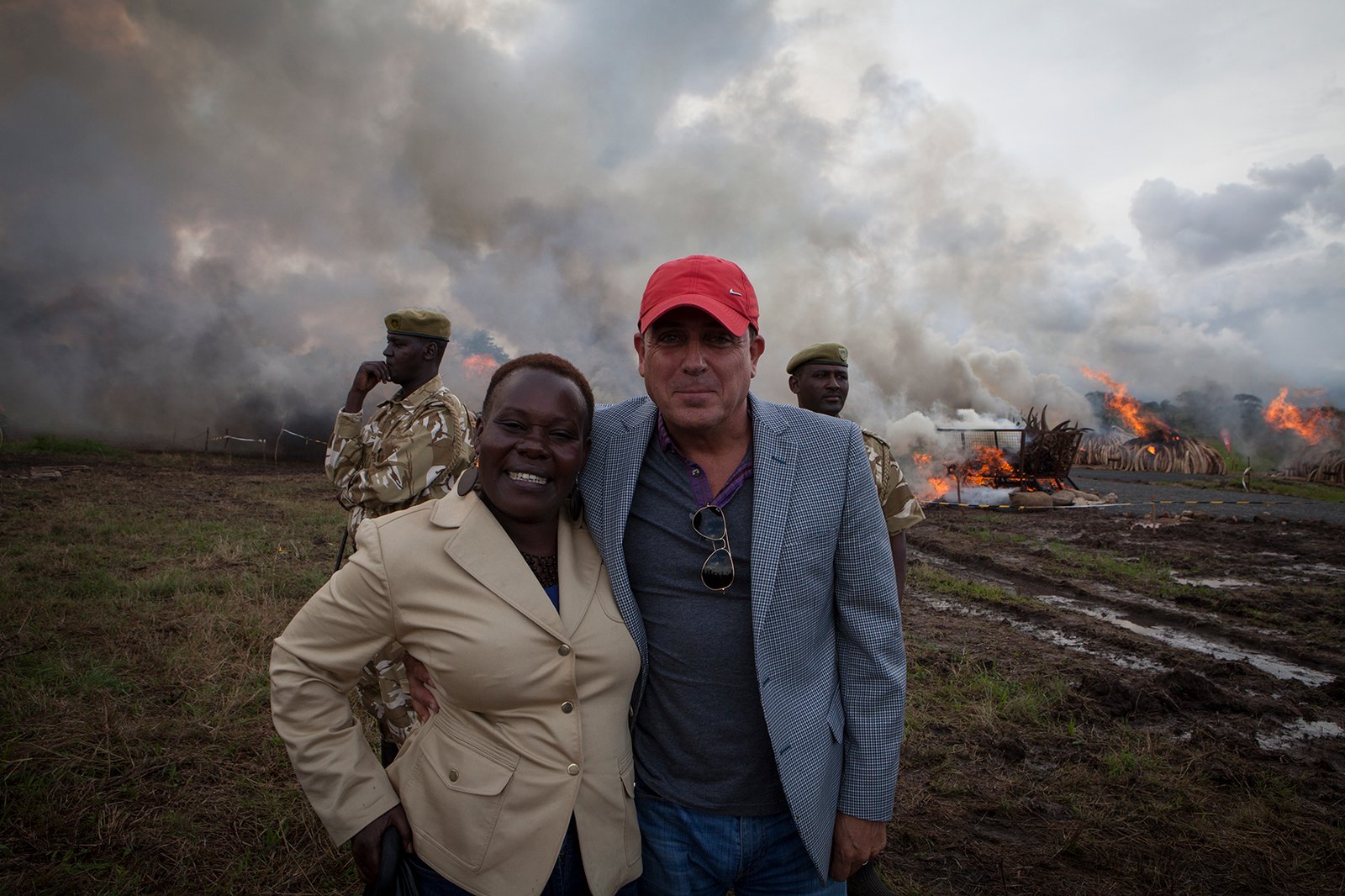
Saving species on the brink requires an army of passionate, skilled people. Zookeepers, veterinarians, researchers, and volunteers devote their lives to animal care and conservation. Their daily routines involve everything from feeding and cleaning to monitoring health and behavior. Many work late nights and early mornings, driven by a deep love for animals and a commitment to making a difference. These unsung heroes often form deep bonds with their charges, celebrating every birth and mourning every loss. Their dedication is the heartbeat of every successful conservation effort.
Stories of Hope: Successes That Inspire

Among the shadows of extinction, there are bright stories of hope. The black-footed ferret, once thought lost forever, was rediscovered and brought back through captive breeding and reintroduction. The Przewalski’s horse, extinct in the wild for decades, now gallops freely in Mongolia thanks to international zoo collaboration. These victories show what’s possible when science, passion, and perseverance come together. Each success story is a reminder that even when all seems lost, hope can be found in unexpected places.
The Future of Conservation: Zoos at a Crossroads
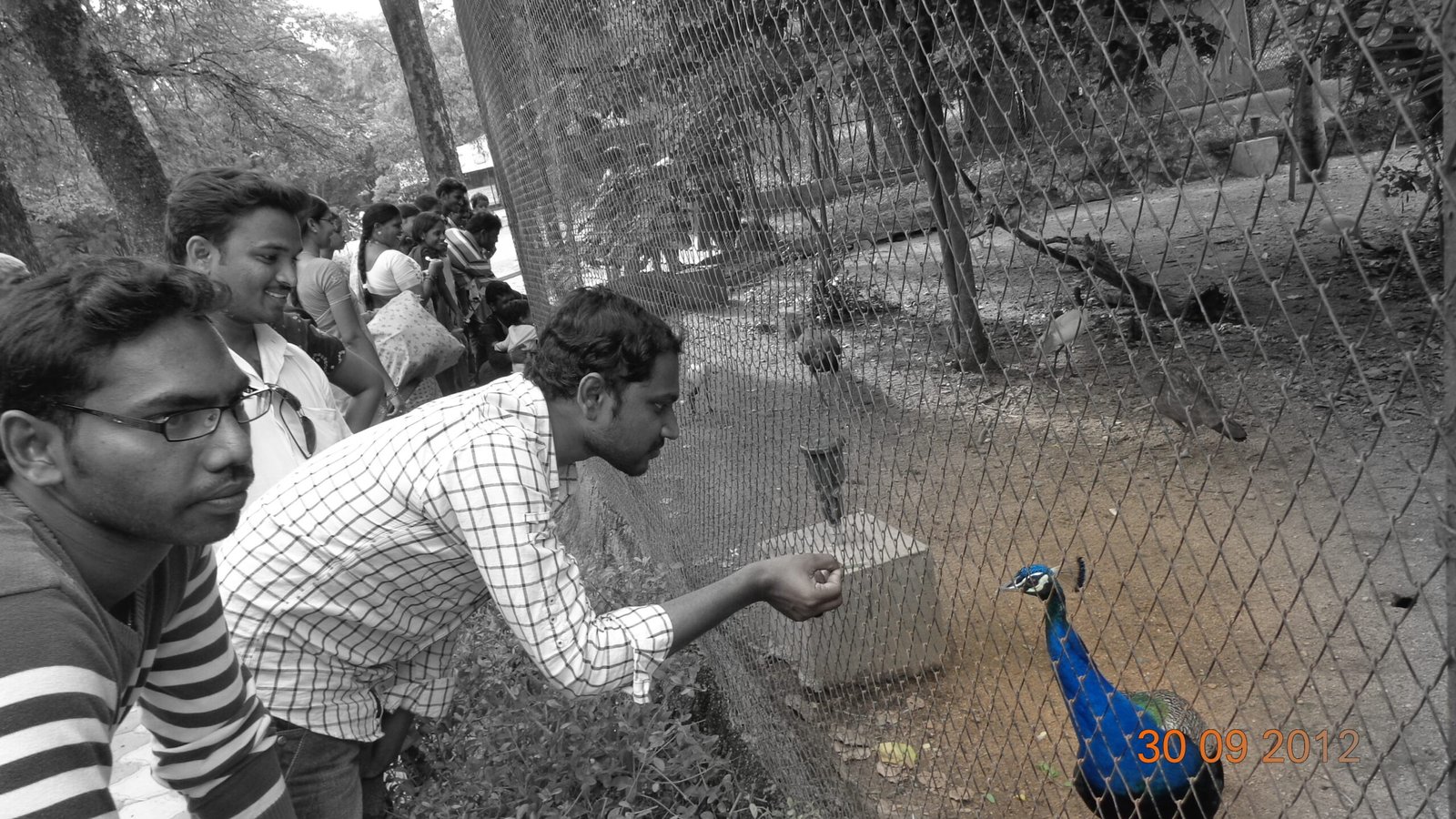
As the natural world faces unprecedented threats, zoos stand at a crossroads. Advances in technology, such as gene editing and cryopreservation, offer new possibilities for saving species. Collaborative global networks are making it easier to share expertise and resources. But the challenges are immense—habitats continue to shrink, and funding is always a struggle. Zoos must continue to evolve, embracing innovation while staying true to their core mission of conservation. Their role as the last hope for some species is both an honor and a burden, demanding courage, creativity, and relentless determination.
What Will We Choose: Guardians or Bystanders?
The fate of countless species now rests in human hands. As we walk through the shaded paths of zoos, listening to the calls of rare birds or watching great cats prowl, we’re faced with a choice. Will we become guardians of the natural world, fighting for every life on the edge? Or will we let silence fall over once-vibrant ecosystems? The answer will shape the future—not just for animals, but for all life on Earth.

